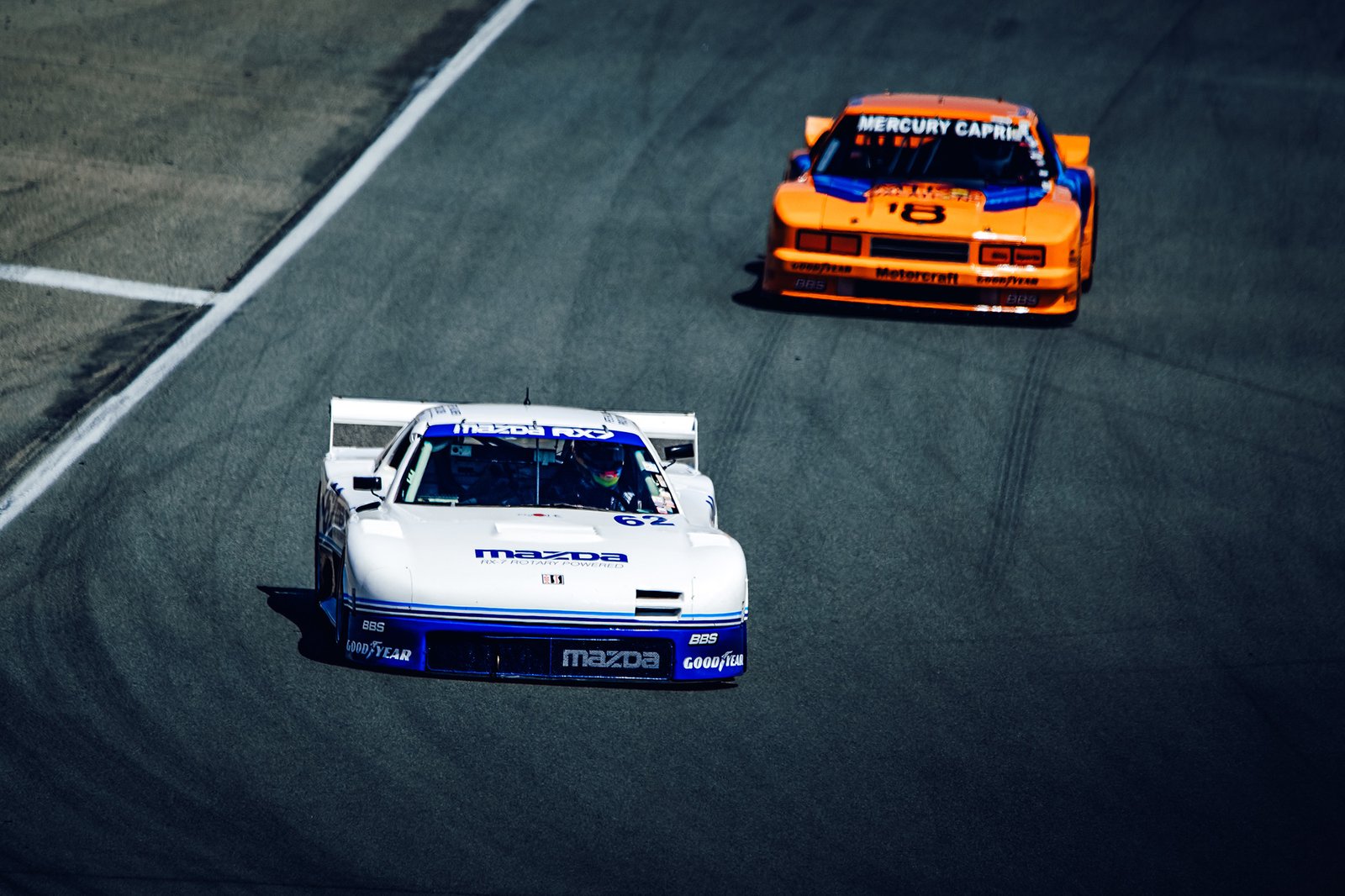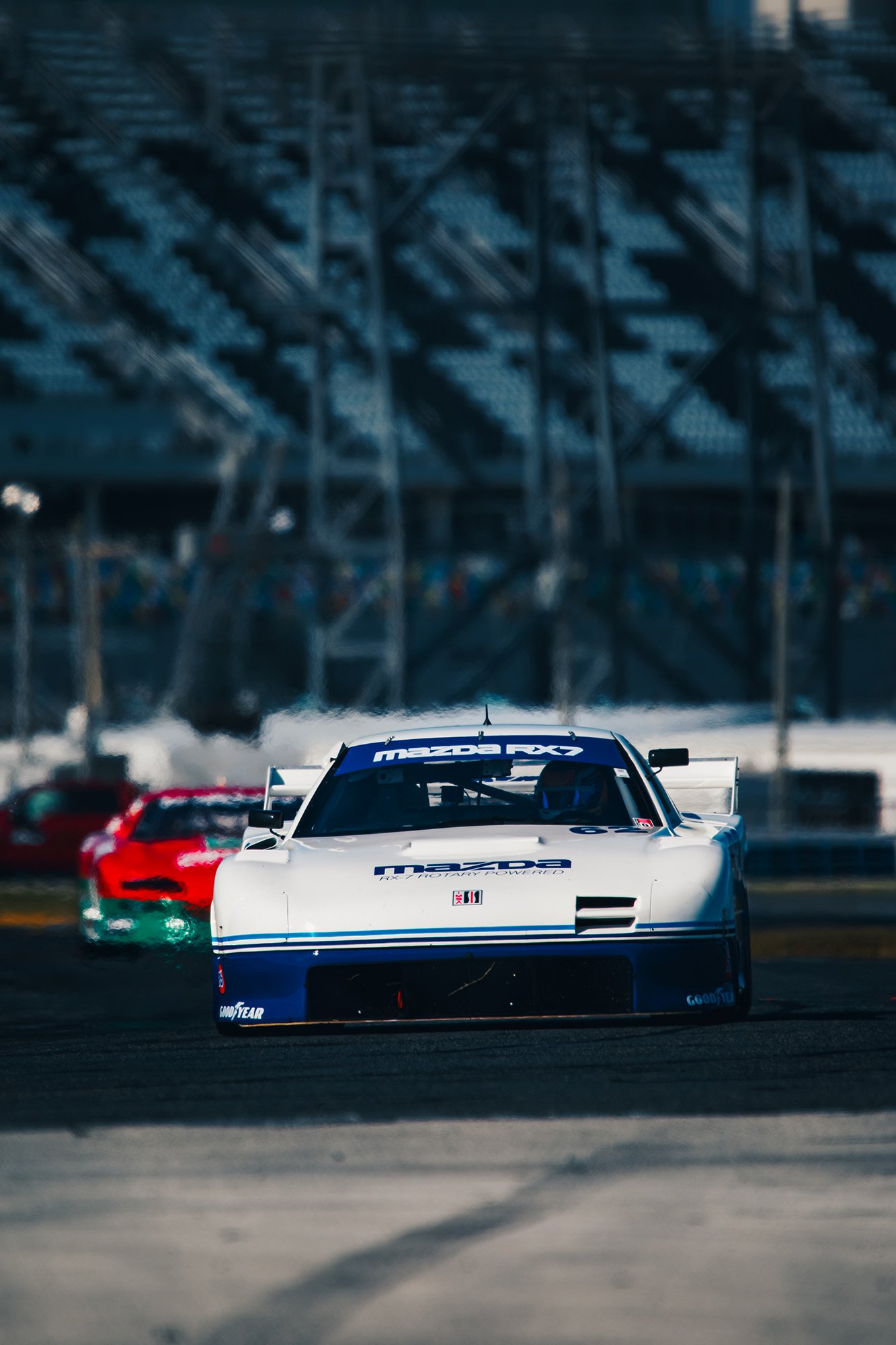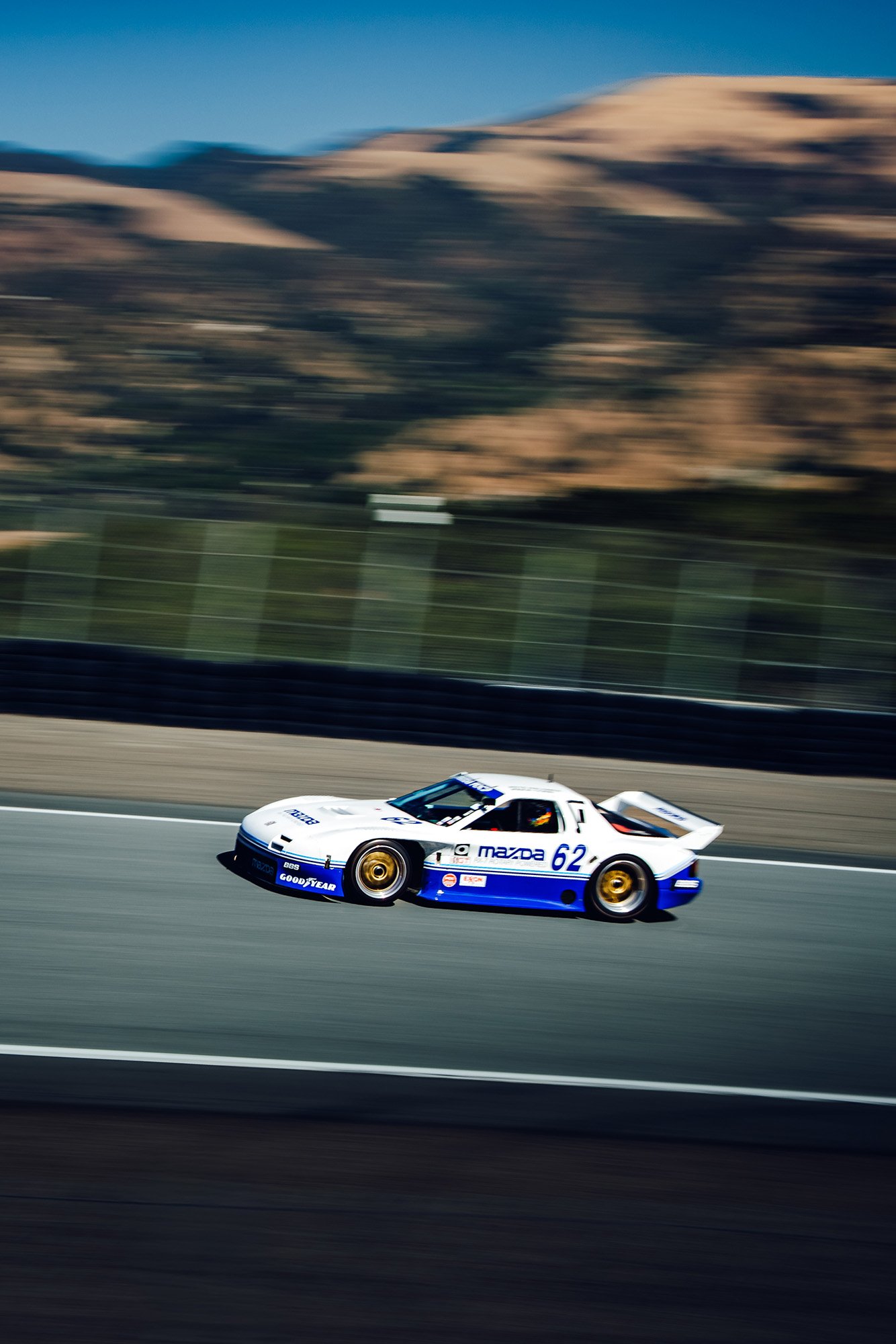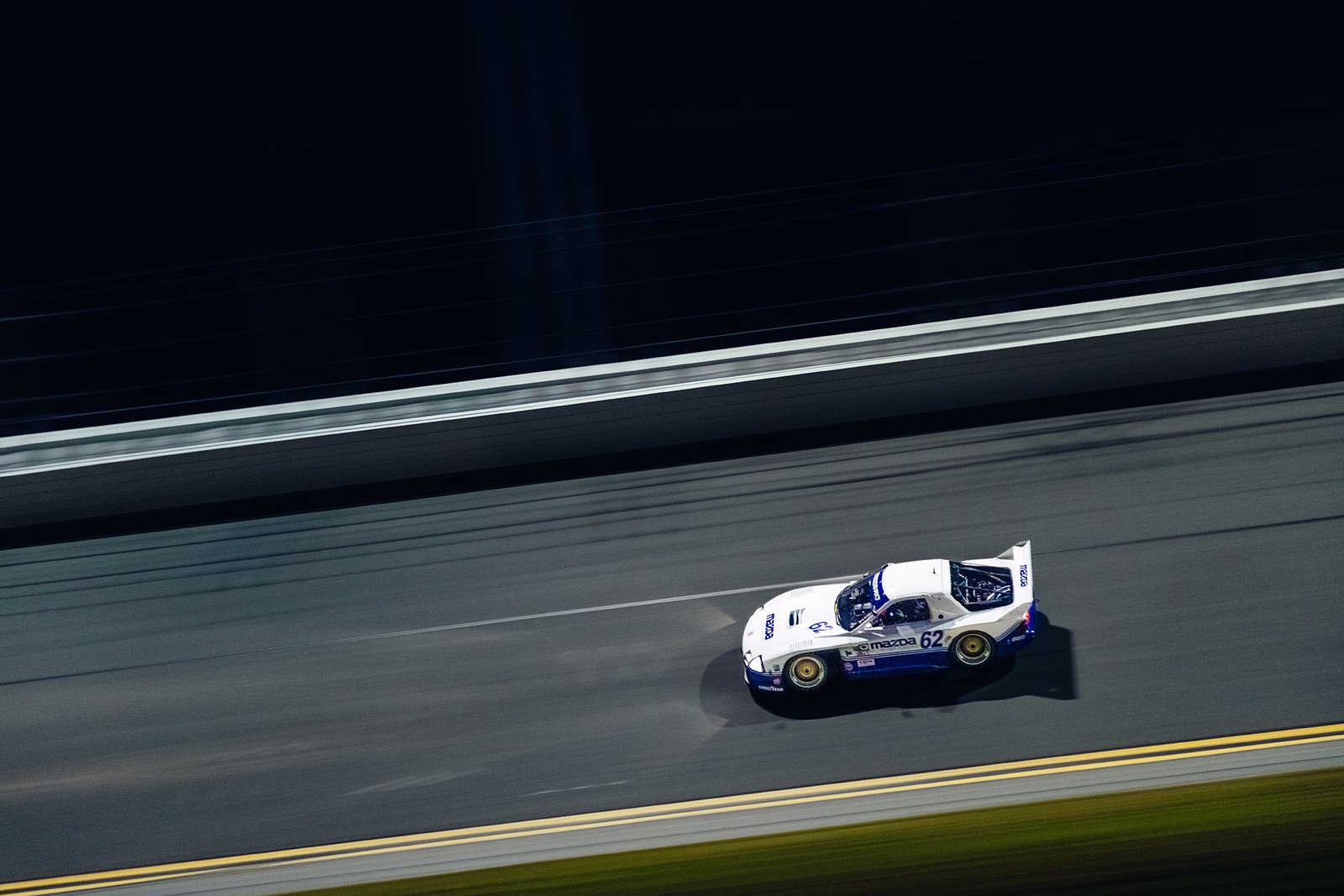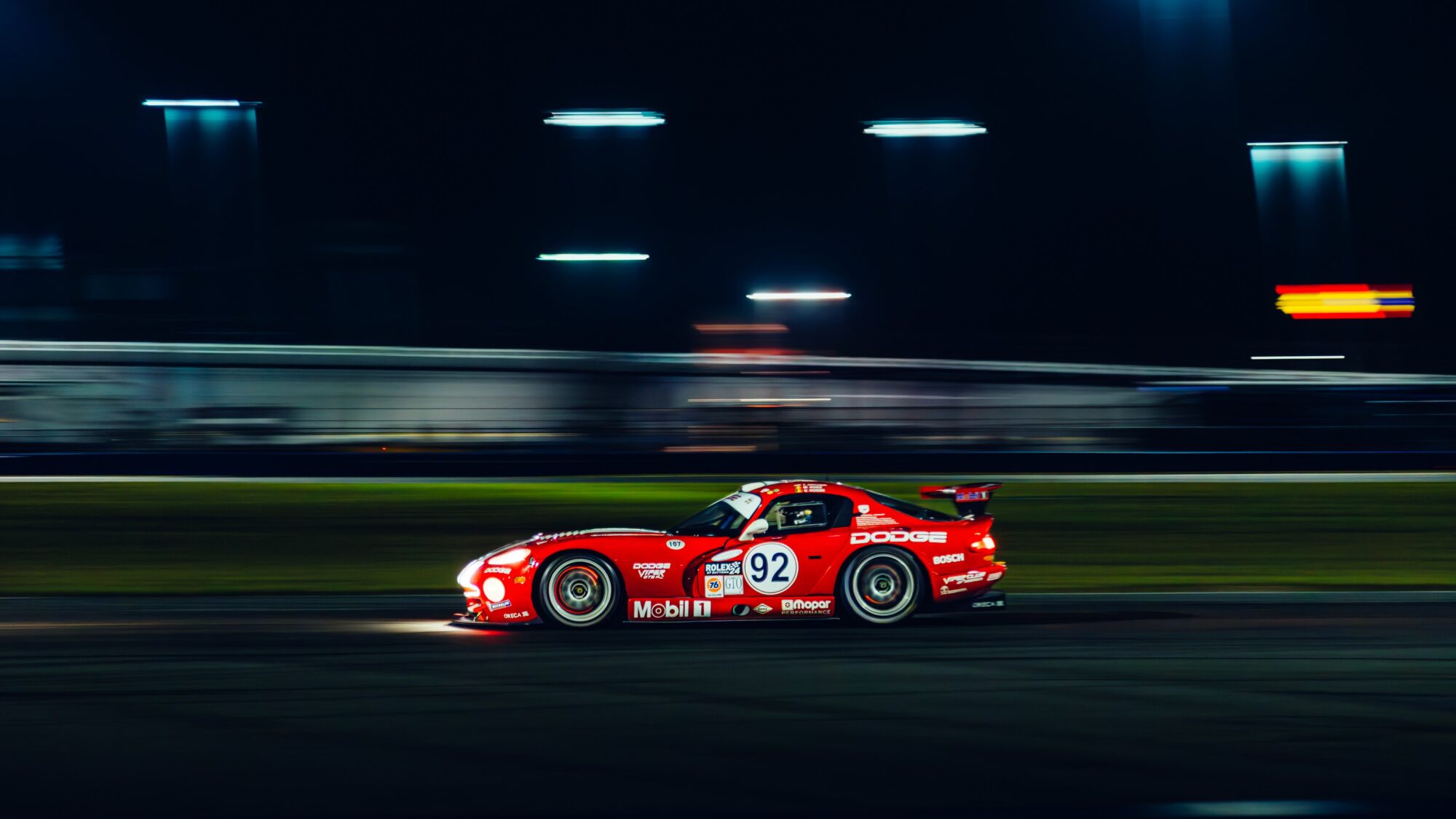
By the 1980s, Mazda’s rotary-powered RX-7 had become a nearly unstoppable force in IMSA’s GTU class, racking up close to 100 victories under the 2.5 and later 3.0 liter limits. That dominance set the stage for a bold step into the GTO category in 1990, this time with full factory backing and technical support from Japan.
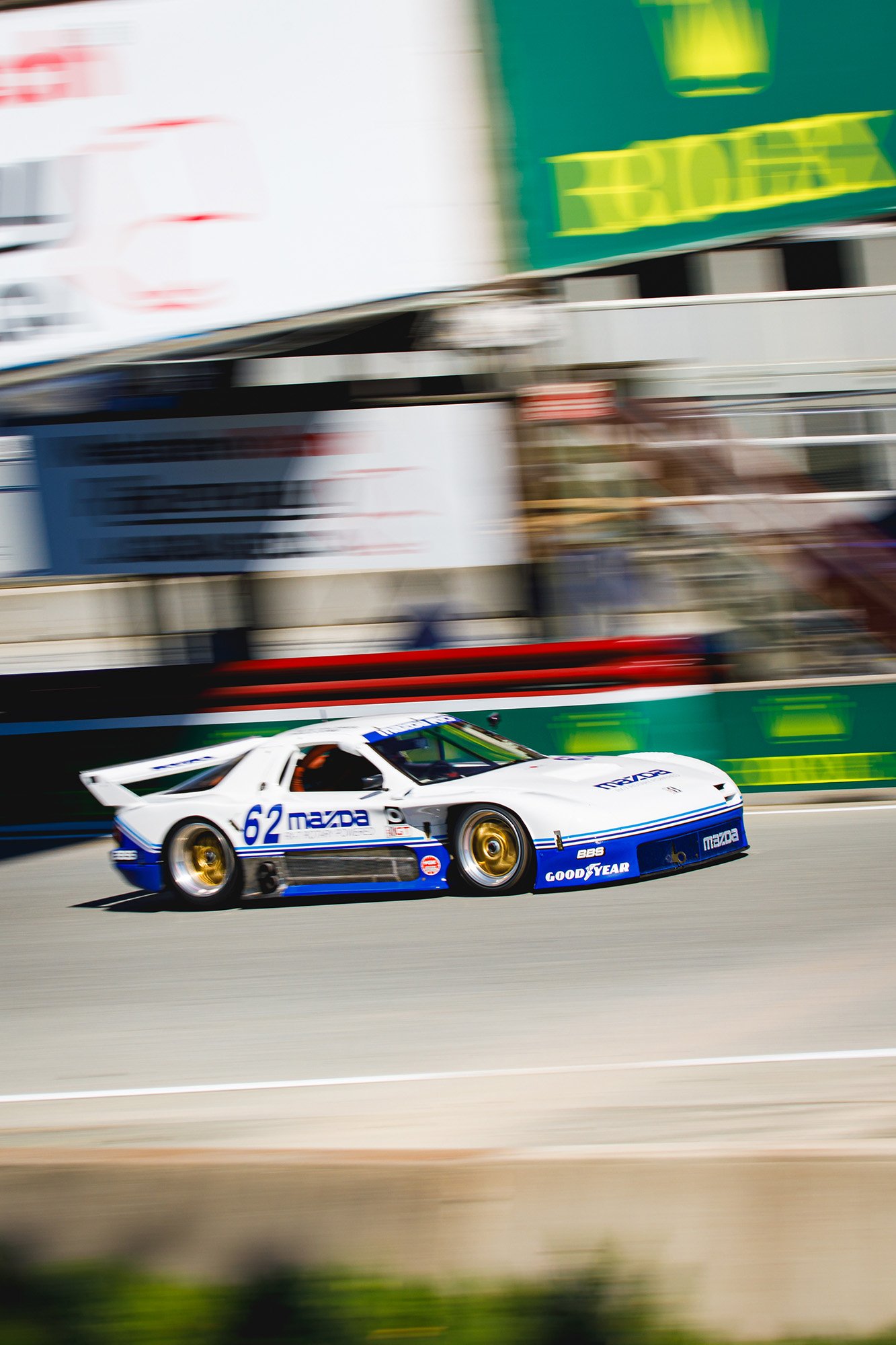
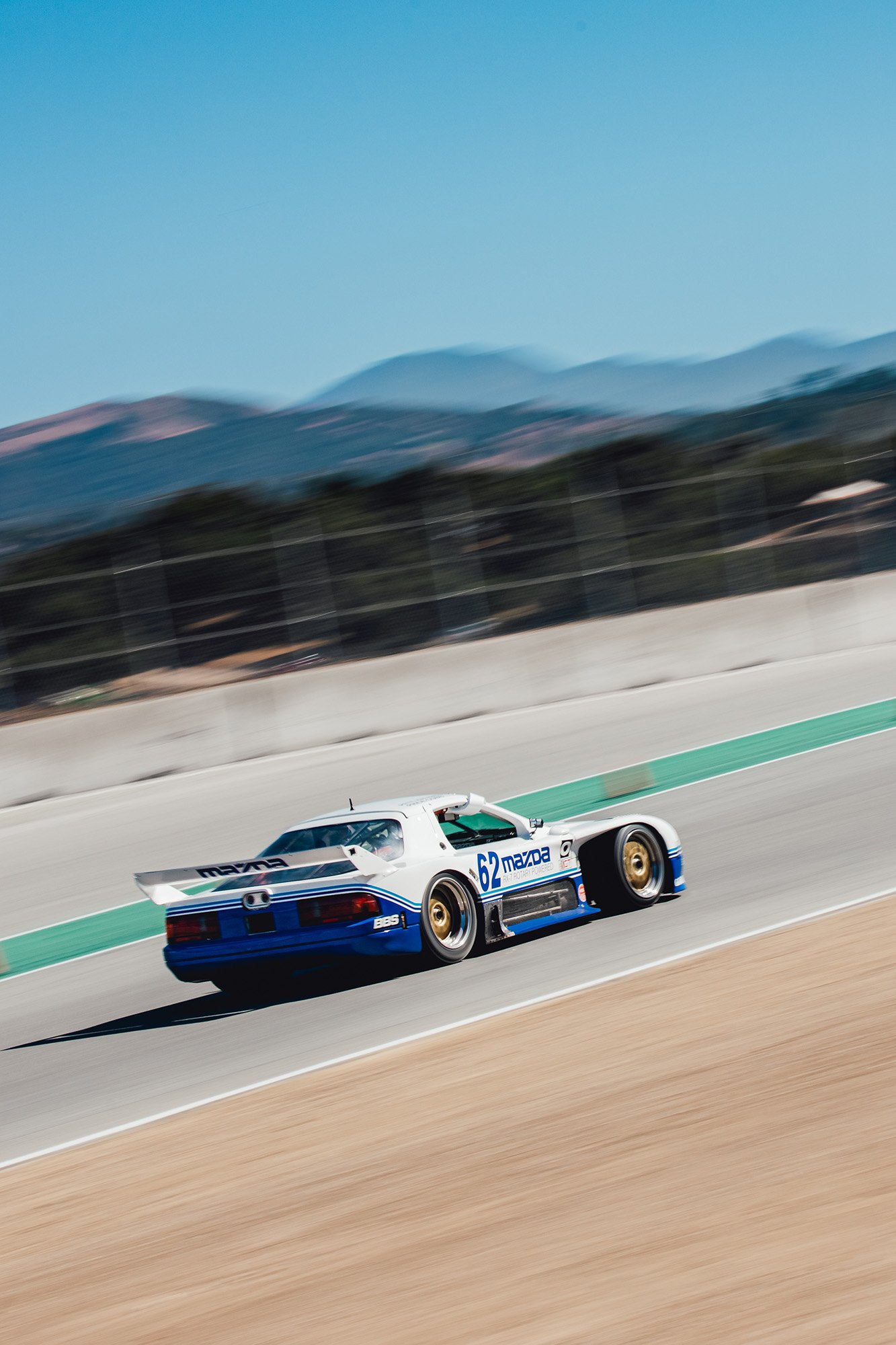
By then, GTO cars had evolved far beyond their production origins. The RX-7 GTO shared little more than its roofline with the street model. To tackle the class, seasoned designer Lee Dykstra crafted a new RX-7 around Mazda’s 13J four-rotor engine. The result was a steel spaceframe wrapped in carbon fiber and aluminum panels, double wishbone suspension with push-rod actuated front dampers, and massive ventilated AP Racing brakes. Wider, lower, and unmistakably aggressive, the car still carried the essence of the RX-7 while emerging as a purebred racer.
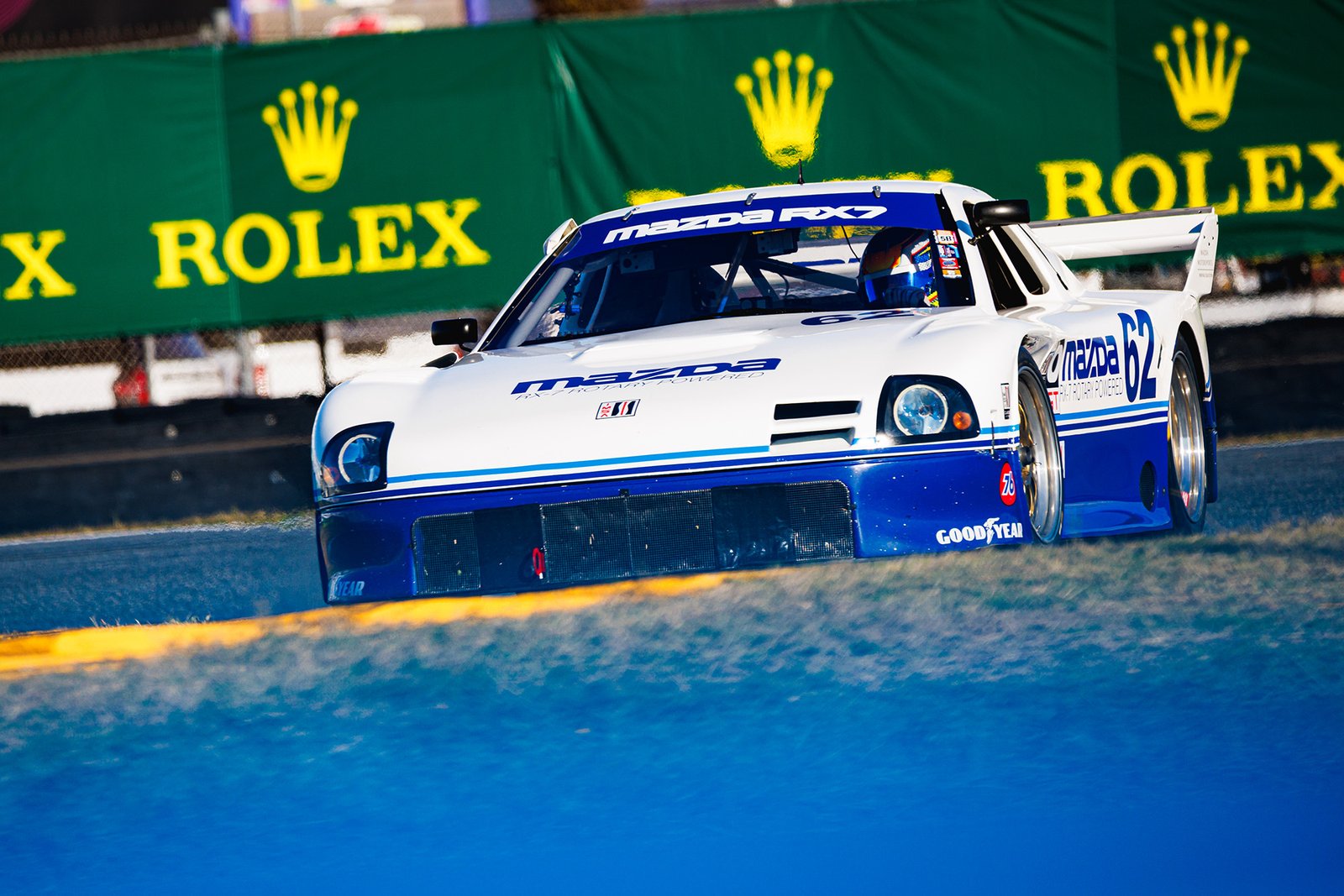
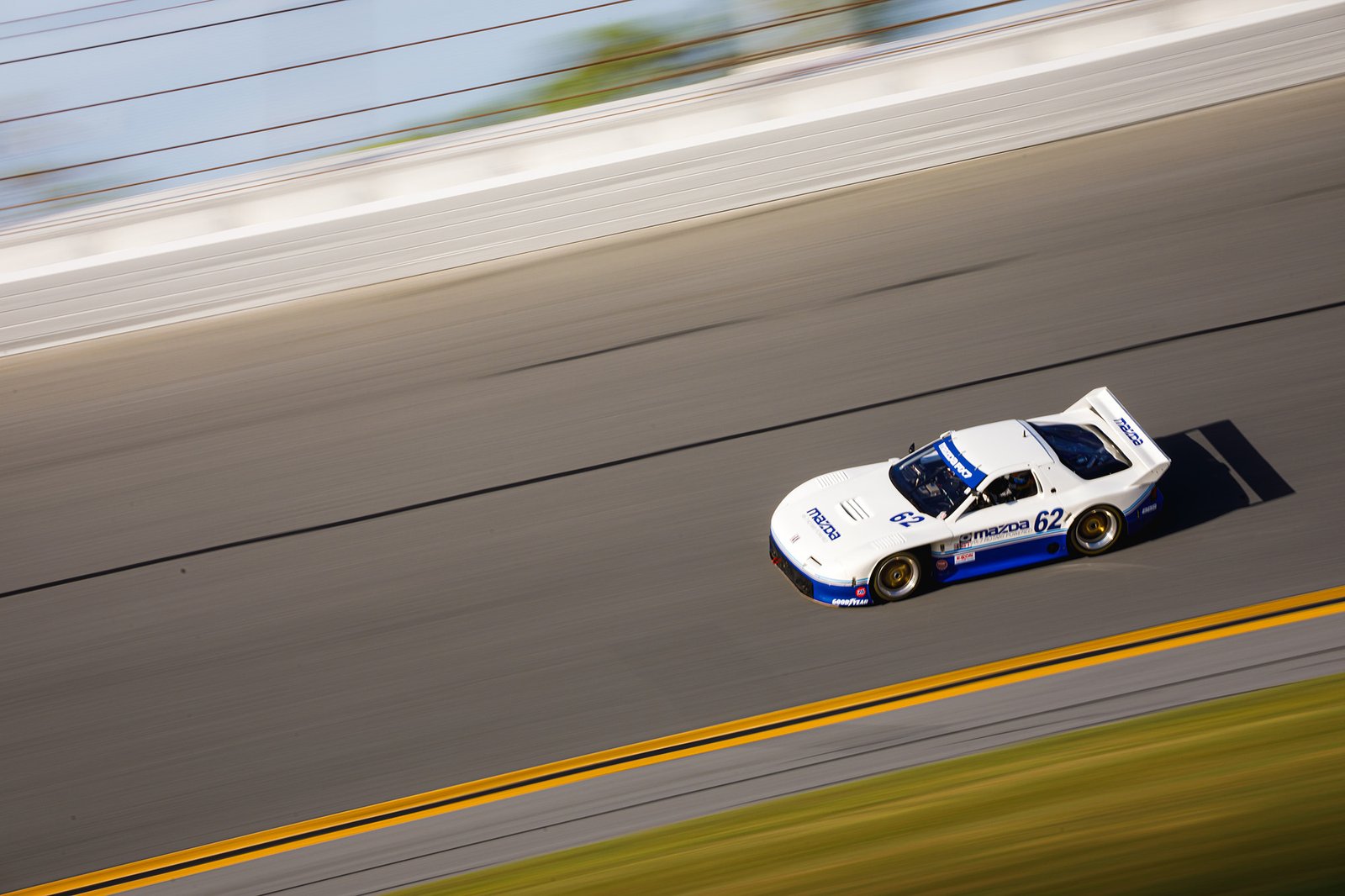
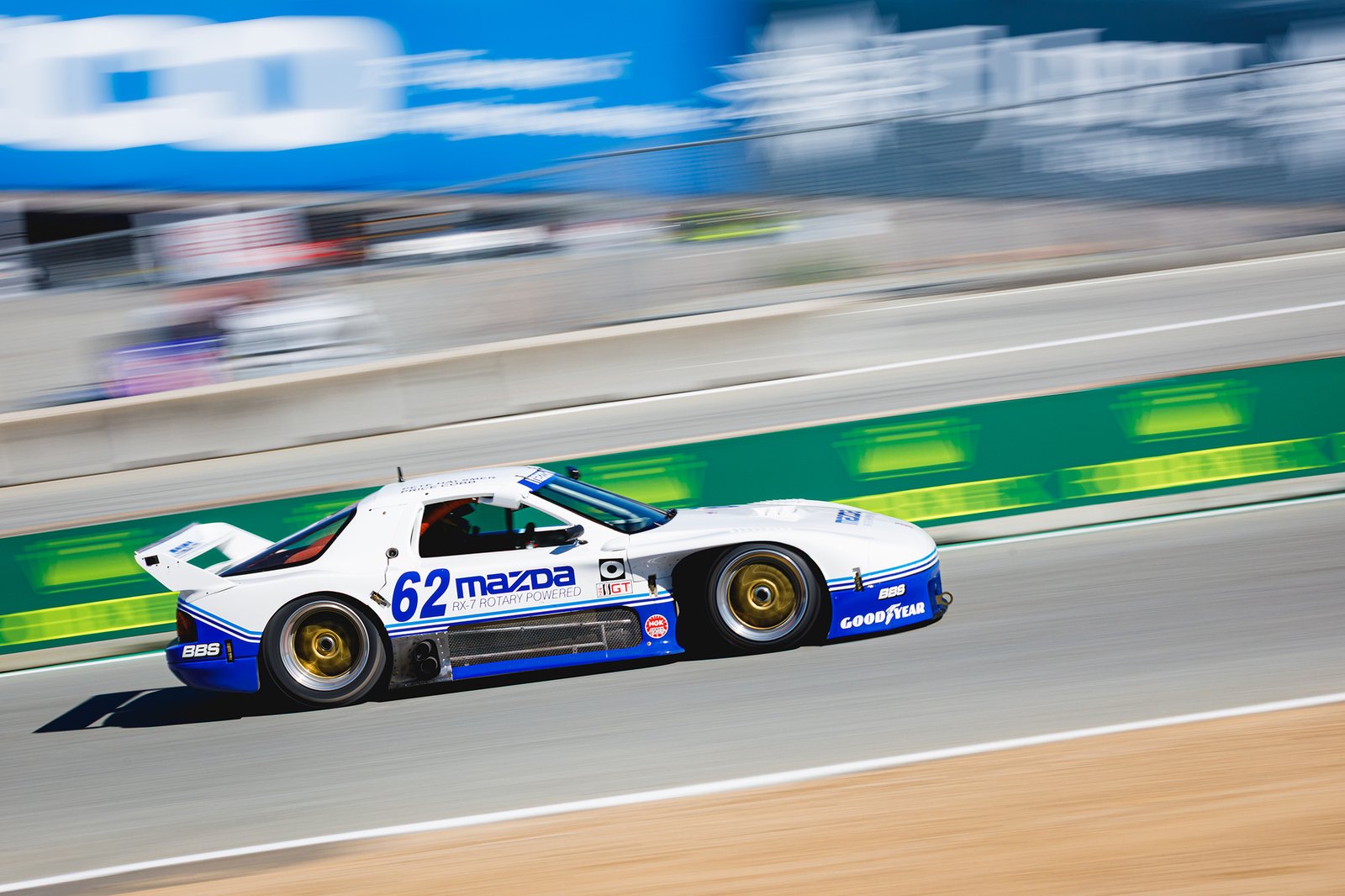
At its heart, the 13J engine; effectively two 13B rotaries stacked produced around 600 horsepower and 529 Nm of torque. High-revving and compact, it delivered a brutal, unmistakable rotary wail, though its long eccentric shaft demanded careful handling at peak RPMs. Paired with a Hewland five-speed gearbox, it transformed the 1,020 kilogram (2,250 lb) RX-7 into a formidable weapon in the GTO field.
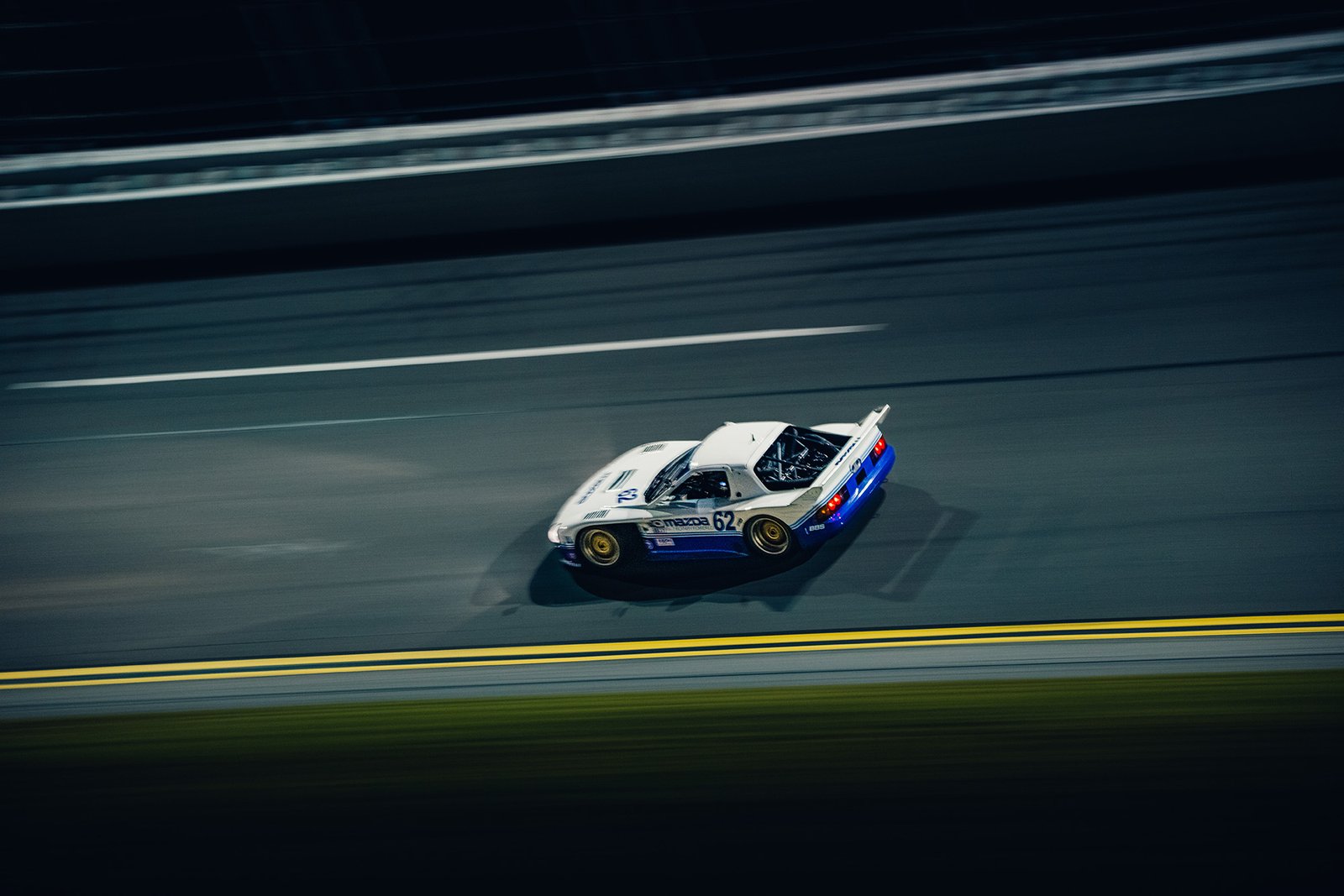
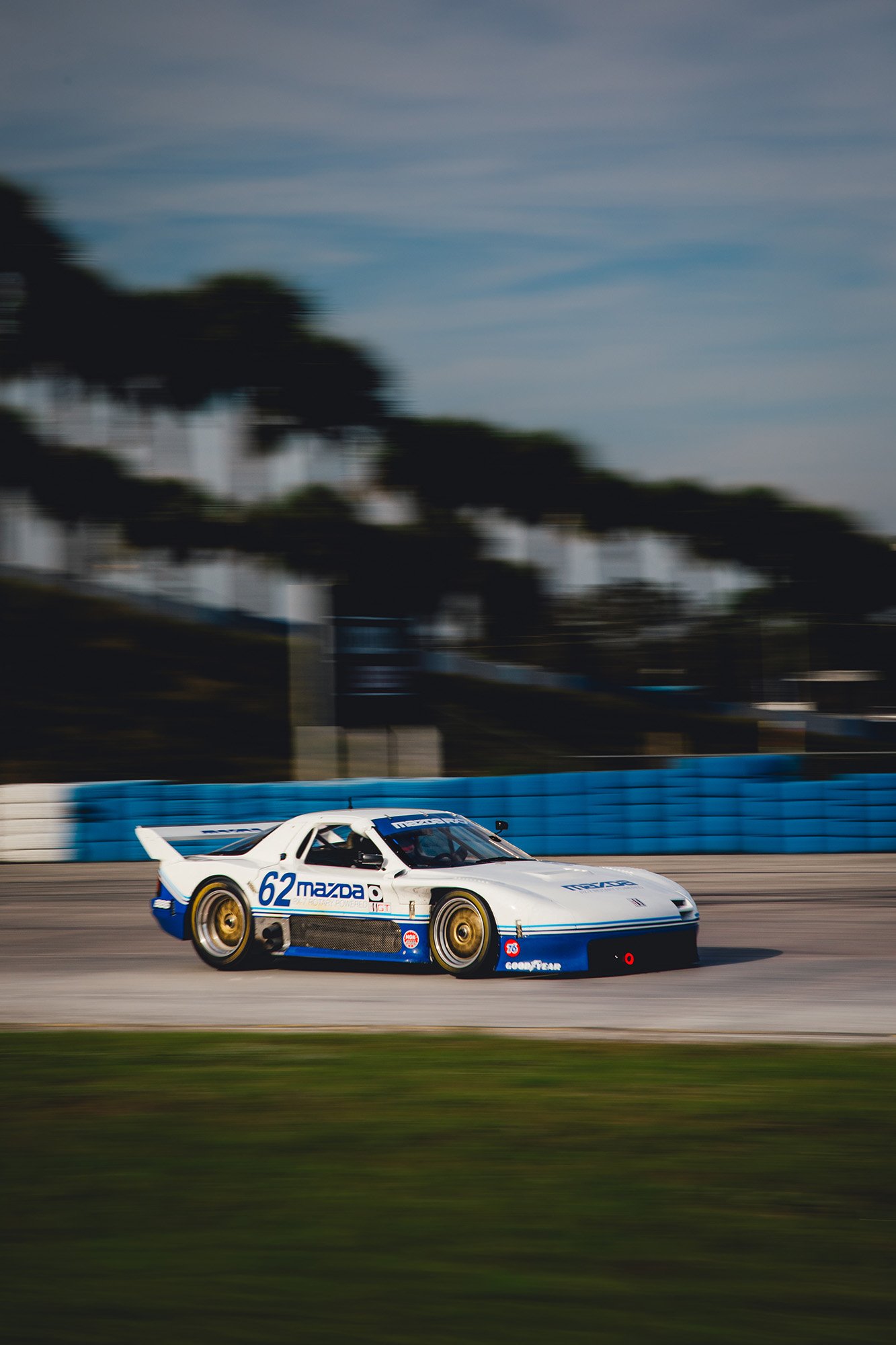
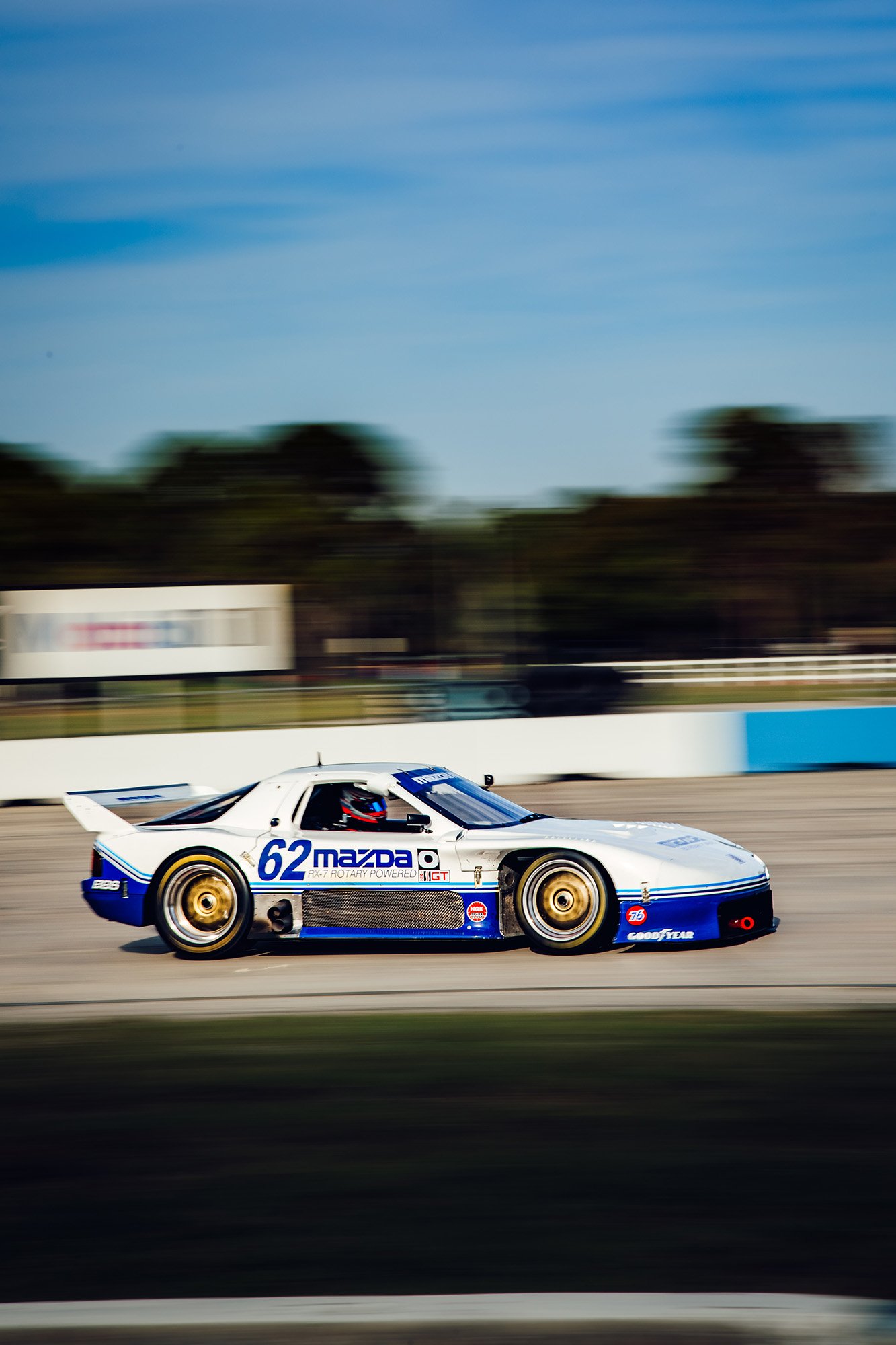
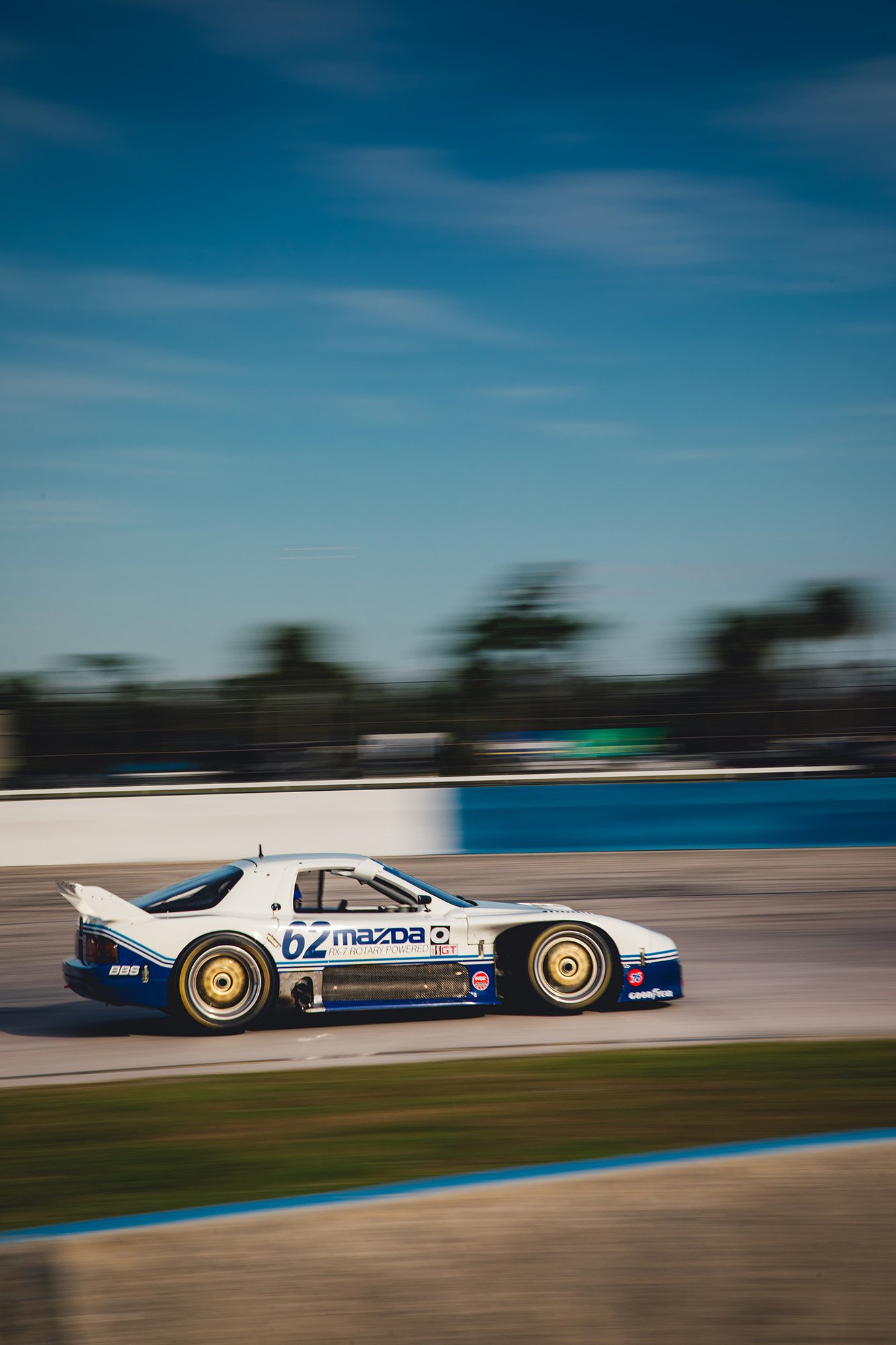
Of the two RX-7 GTOs built, chassis 001 was the first and by far the most successful. It debuted at the 1990 IMSA season opener, the 24 Hours of Daytona, marking Mazda’s official leap into the over 3 liter GTO arena. Pete Halsmer, who would become synonymous with the car’s success, was behind the wheel. Chassis 001 quickly proved its pace, capturing its first victory that same year in Topeka, Kansas, Mazda’s 100th IMSA win.
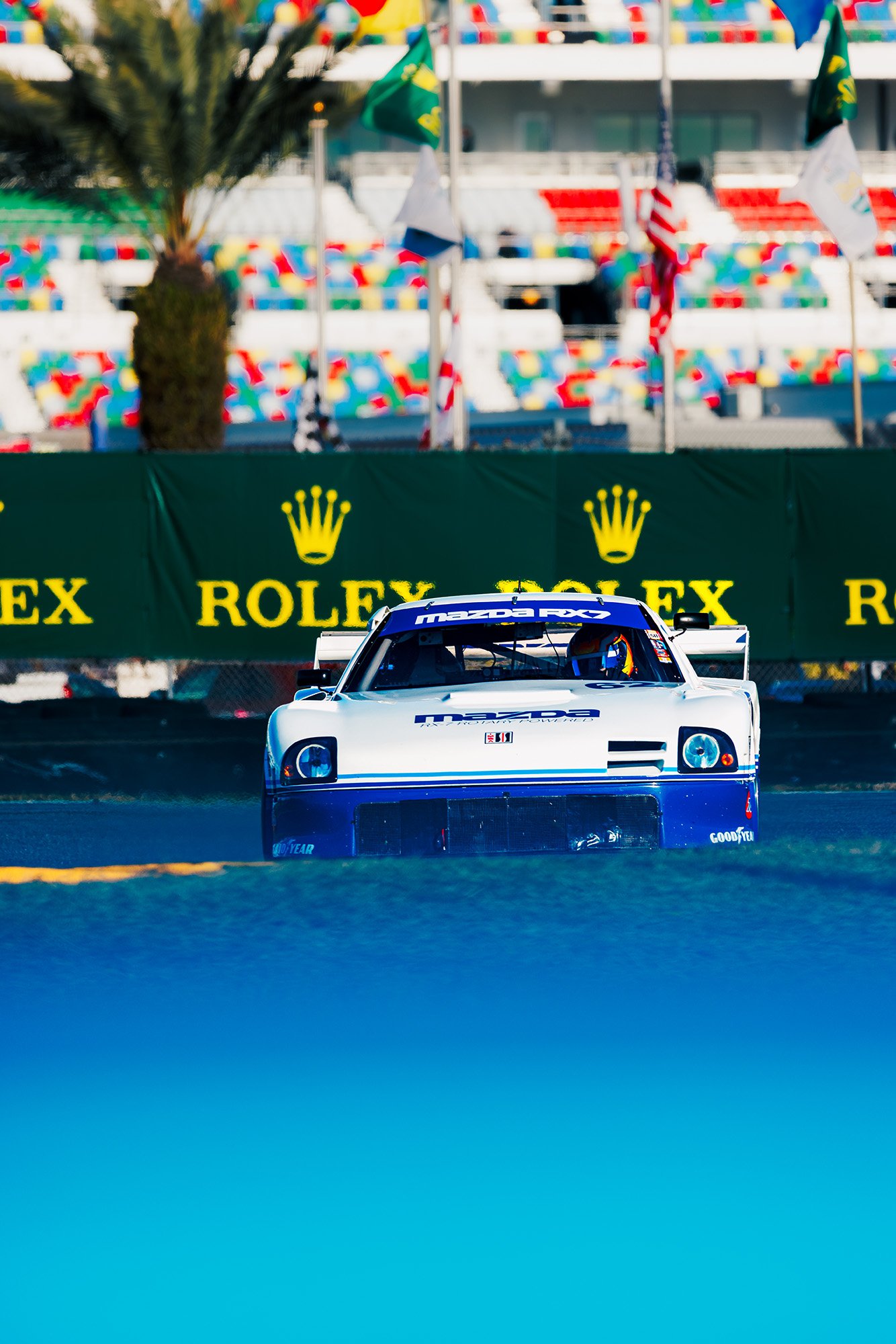
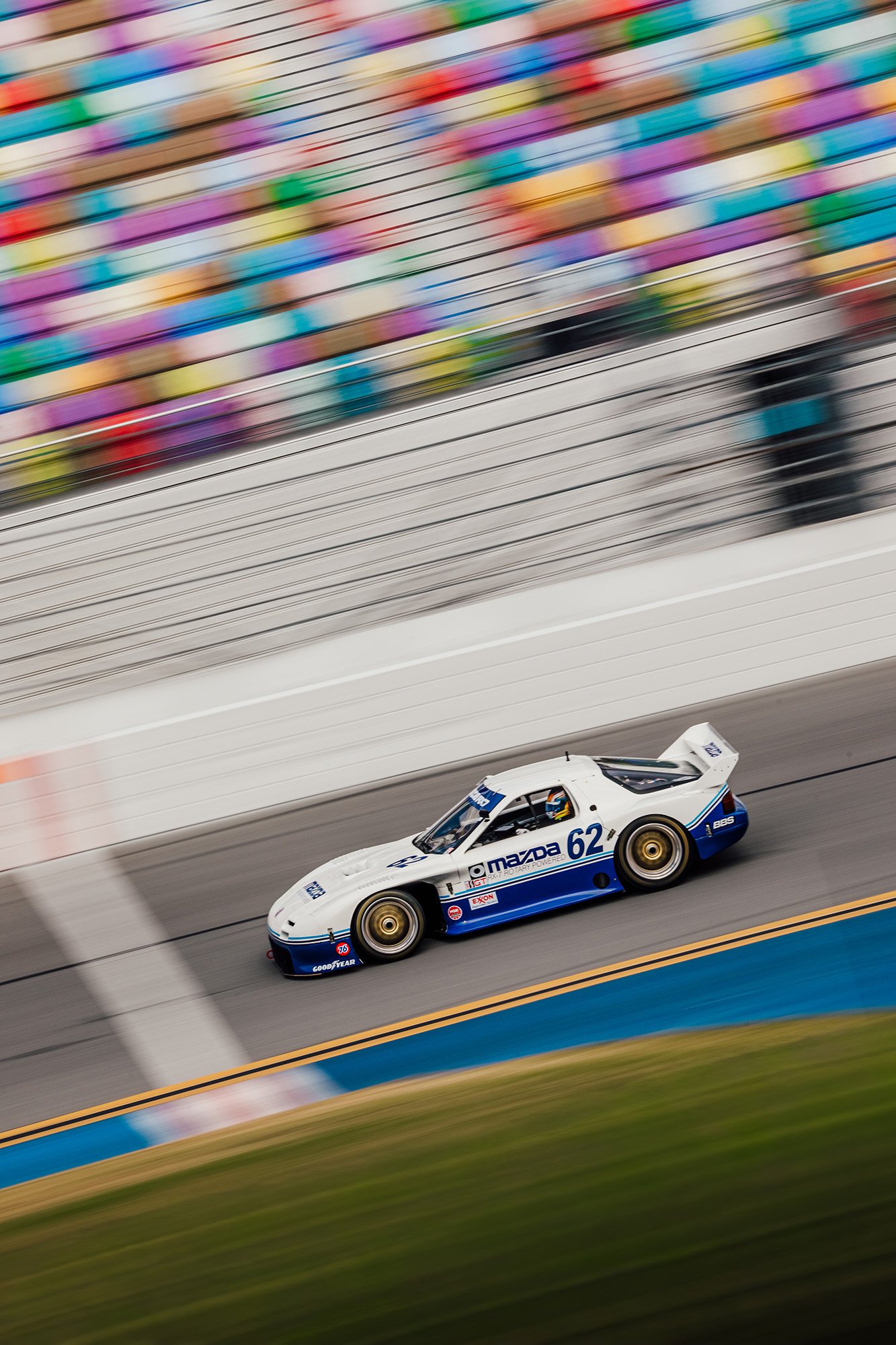
In 1991, Halsmer and chassis 001 dominated the IMSA GTO Championship, claiming five wins and securing both the Drivers’ and Manufacturers’ titles for Mazda. The car was later recommissioned in 1994, entered by Japan’s Artnature Racing at Le Mans and Suzuka, and finished second in the GTS class at the 24 Hours of Le Mans; an impressive achievement for the storied machine.
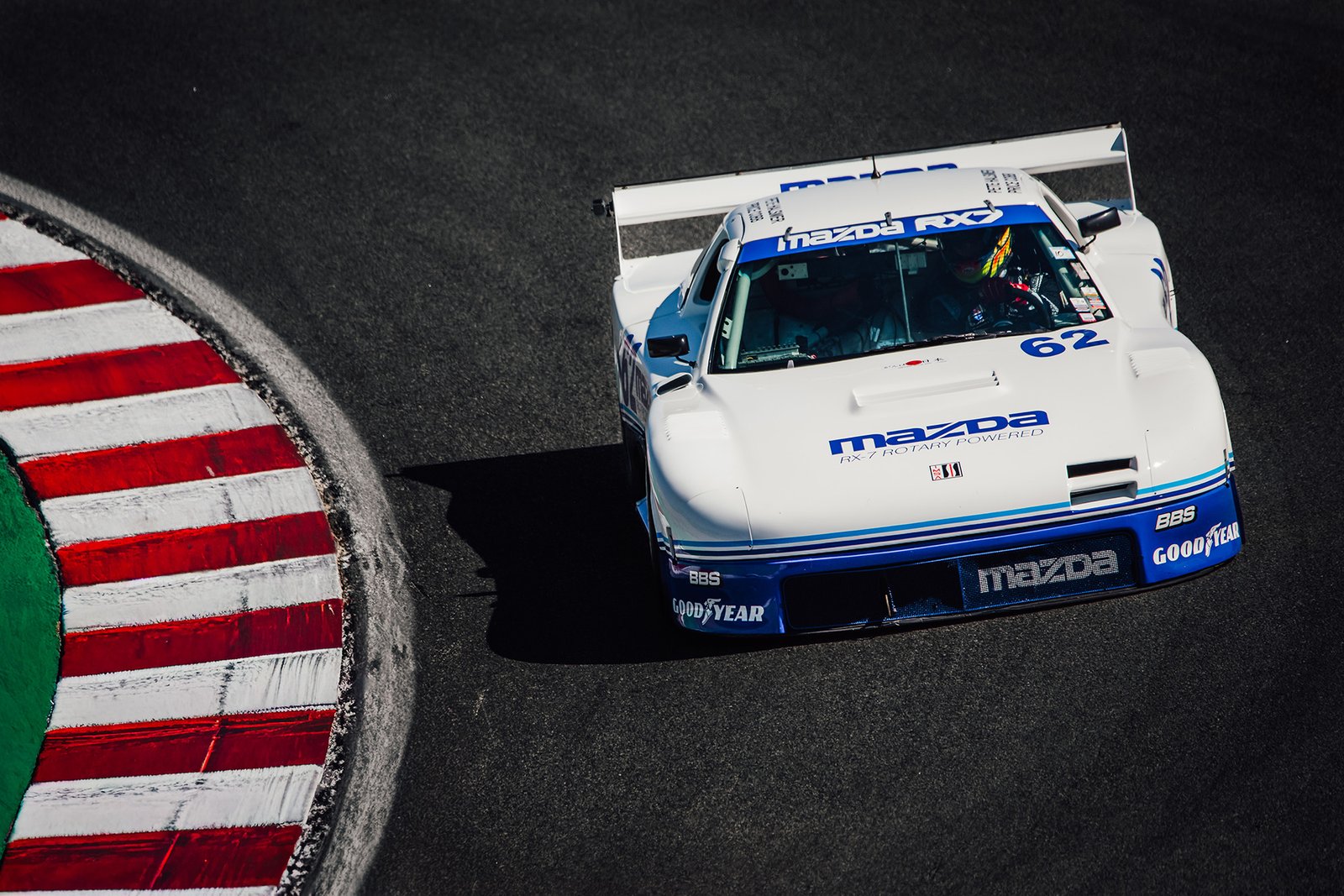
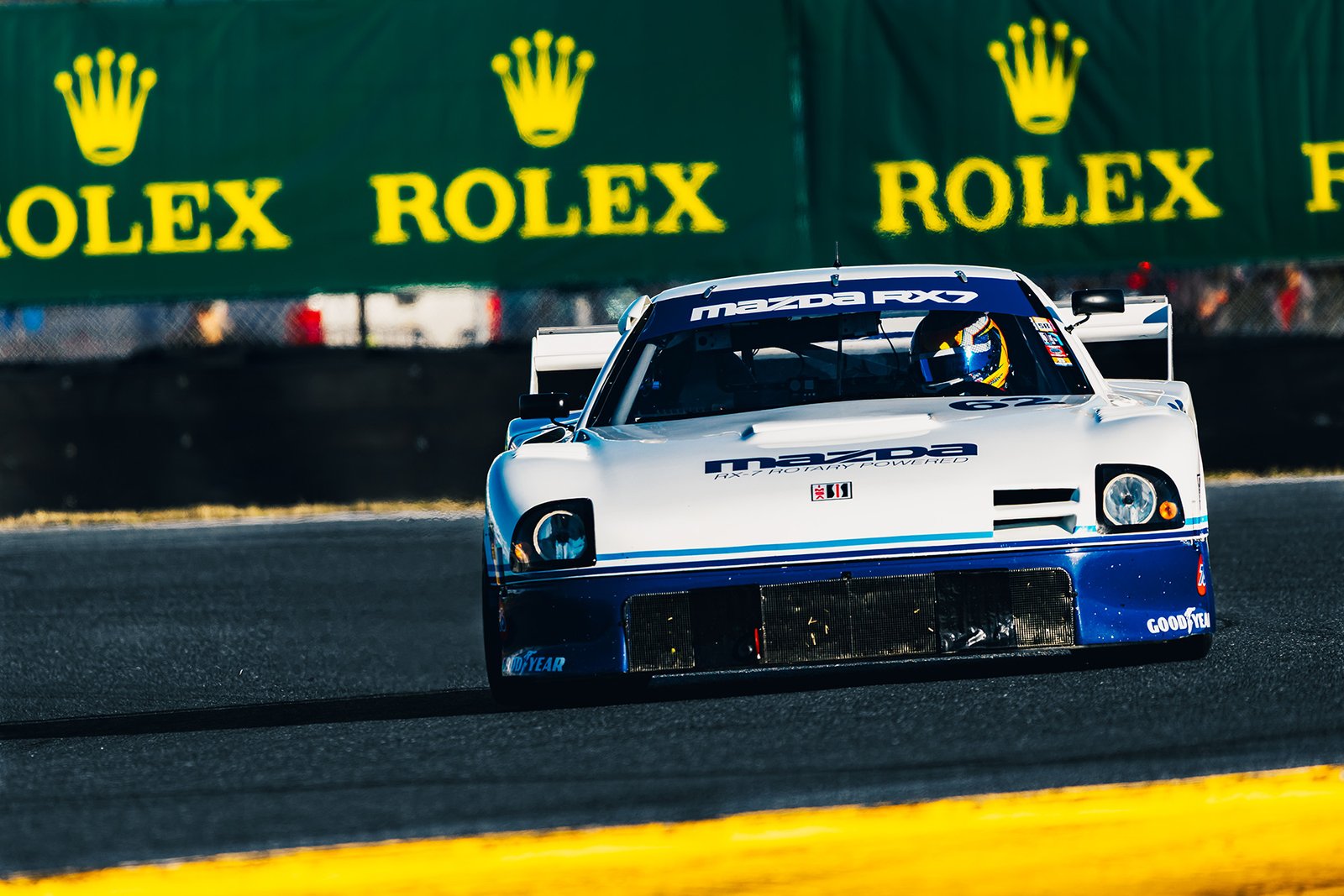
Following its international outings, chassis 001 returned to Mazda USA, meticulously restored to its original IMSA specification. Since 2011, it has been regularly campaigned by Mazda’s heritage division. More than a museum piece, it remains a testament to an era when Mazda’s ingenuity, rotary fury, and pure speed defined the track.
